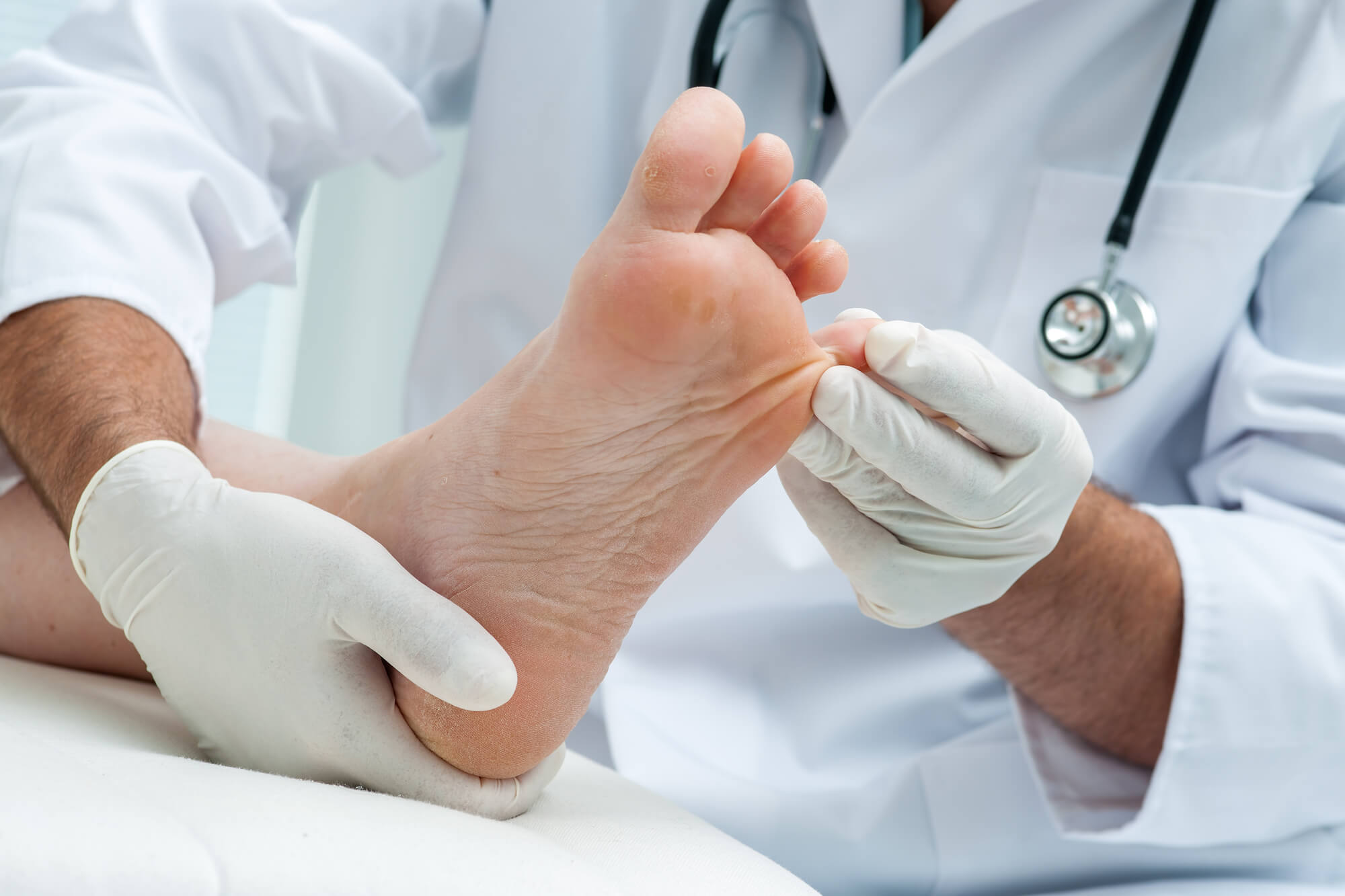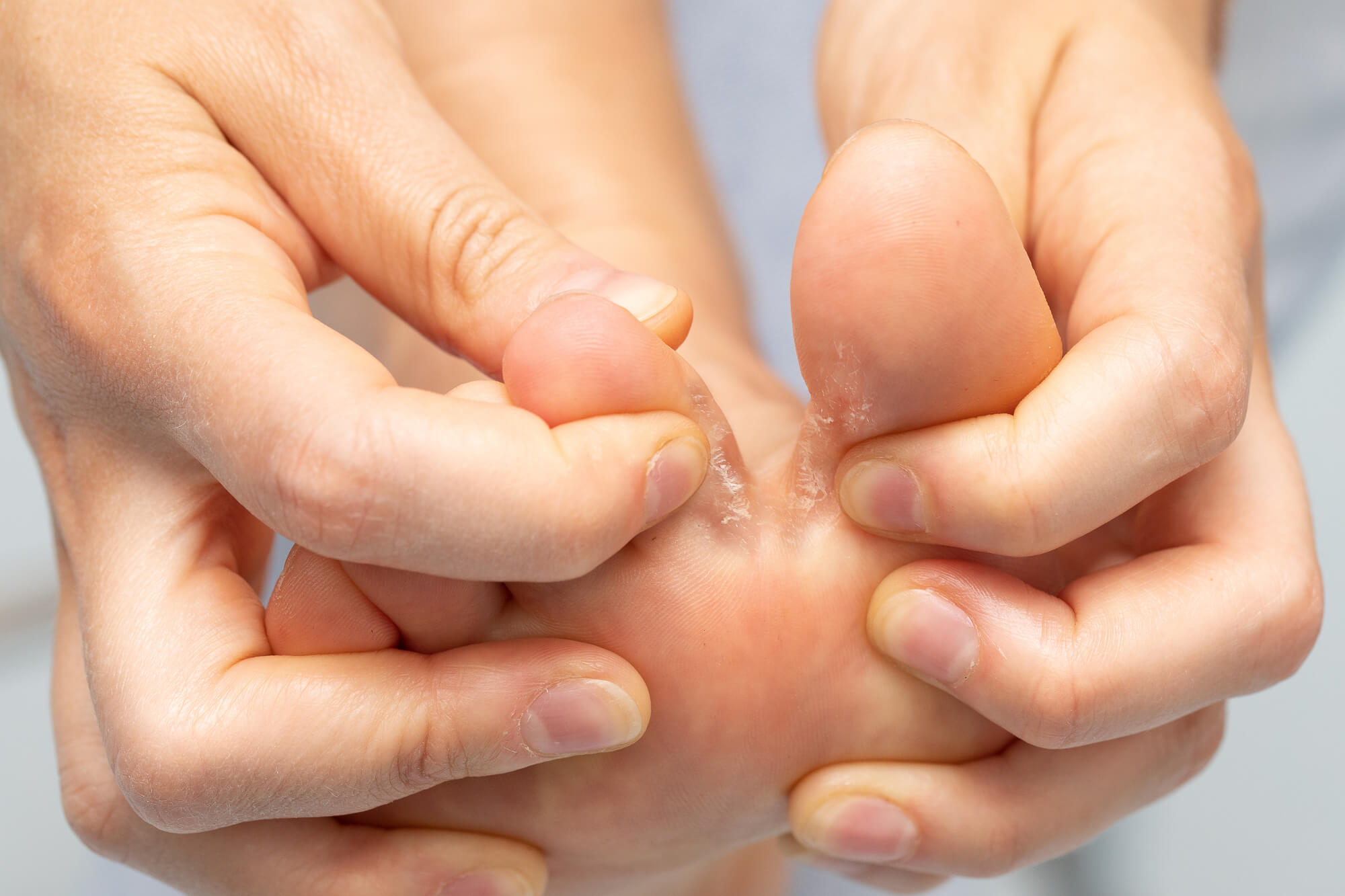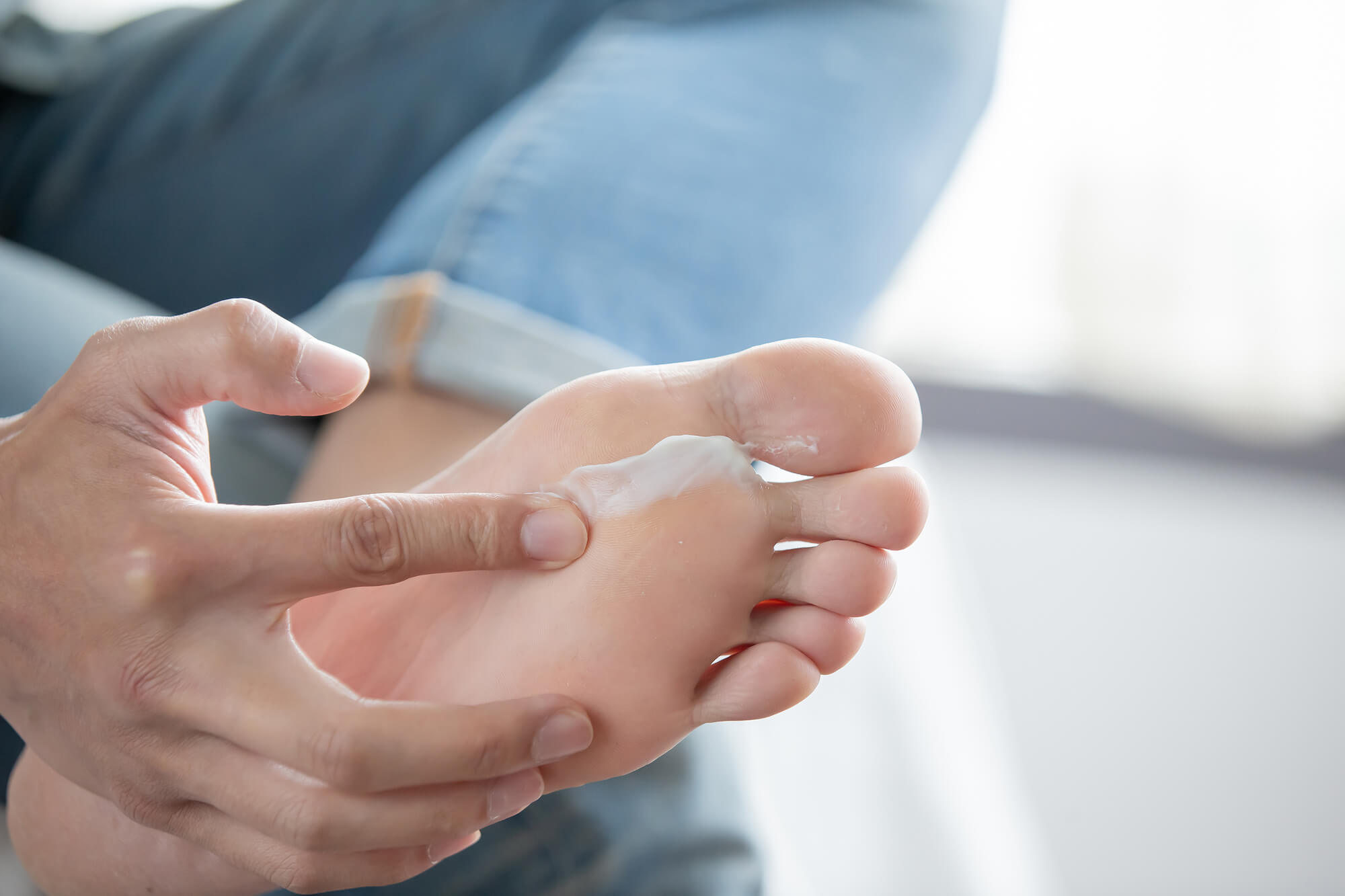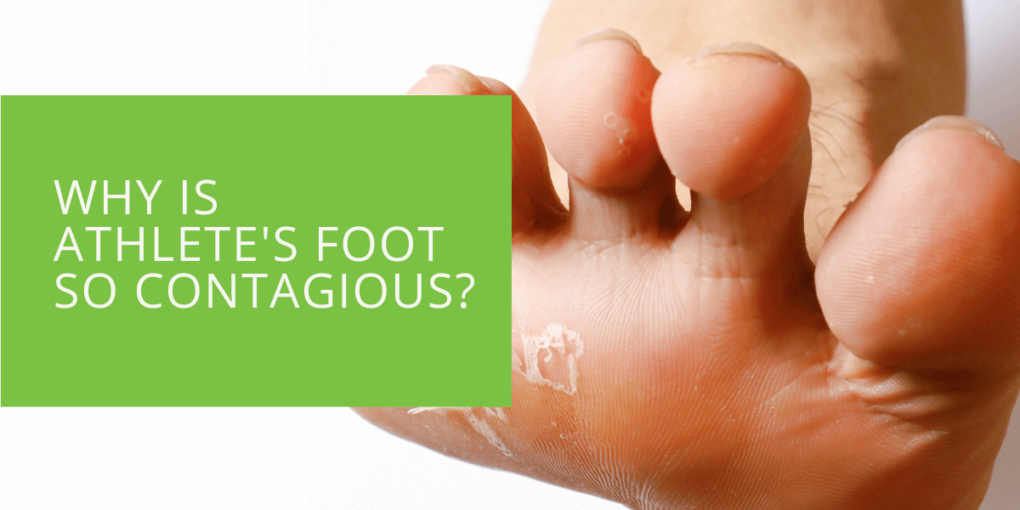Why Is Athlete’s Foot So Contagious?
Athlete's foot is a common foot infection that is caused by a fungus. It is highly contagious and can easily spread from one person to another. If left untreated, the infection can become painful and difficult to manage. In this article, we will explore why athlete's foot is so contagious and what you can do to prevent its spread.
What Is Athlete's Foot?
Athlete's foot, also known as tinea pedis, is a fungal infection that affects the skin on the feet. It is caused by a group of fungi known as dermatophytes, which thrive in warm, moist environments.
How Does Athlete's Foot Spread?
Athlete's foot can spread through direct or indirect contact with an infected person or object. Here are some of the ways athlete's foot can spread:
1. Direct Contact
Athlete's foot can spread through direct contact with an infected person. This can occur when you touch an infected area on someone else's foot, such as their toes or the sole.
2. Indirect Contact
Athlete's foot can also spread through indirect contact. This can occur when you come into contact with an object contaminated with the fungus, such as a towel, sock, or shoe.
3. Walking Barefoot
Walking barefoot in damp or moist areas, such as locker rooms, swimming pools, and public showers can increase your risk of contracting athlete's foot. The fungus can live on surfaces for an extended period of time, making it easy to pick up the infection.
4. Itchy and Scaly Skin
Athlete's foot can also be spread when someone with the infection scratches or rubs their itchy or scaly skin, which can cause the fungus to spread to other areas of their body or onto other surfaces.

Why Is Athlete's Foot So Contagious?
Athlete's foot is highly contagious for several reasons, including:
1. The Fungus Thrives in Warm, Moist Environments
The fungus that causes athlete's foot thrives in warm, moist environments, making it highly contagious in locker rooms, swimming pools, and public showers.
2. The Fungus Produces Spores
The fungus that causes athlete's foot produces spores that can survive in the environment for an extended period of time. These spores can be easily spread from person to person through direct or indirect contact.
3. The Fungus Can Invade Healthy Skin
The fungus that causes athlete's foot can invade healthy skin, even if there are no visible signs of the infection. This makes it easy for the fungus to spread from person to person without anyone realizing they are infected.
4. Resistance to Over-the-Counter Treatments
Athlete's foot can also be highly contagious because it can be resistant to over-the-counter antifungal treatments. This means that the infection can persist and continue to spread if left untreated.

How to Prevent the Spread of Athlete's Foot
There are several things you can do to prevent the spread of athlete's foot, including:
1. Keep Your Feet Clean and Dry
Keeping your feet clean and dry is essential for preventing the spread of athlete's foot. Make sure to wash your feet daily and dry them thoroughly, especially between your toes.
2. Wear Shoes in Public Places
Wearing shoes in public places, such as locker rooms and swimming pools, can reduce your risk of contracting athlete's foot. Make sure to wear shoes that are well-ventilated and allow your feet to breathe.
3. Don't Share Personal Items
Avoid sharing personal items, such as towels, socks, and shoes, as these items can harbor the fungus and spread the infection.
4. Use Antifungal Products
Using antifungal products can help prevent the spread of athlete's foot. There are many over-the-counter antifungal creams, sprays, and powders that can be used to treat and prevent the infection.
5. Treat the Infection Promptly
If you suspect that you have athlete's foot, it's important to see a podiatrist for an accurate diagnosis and appropriate treatment. By taking the necessary precautions and seeking professional help, you can prevent the spread of athlete's foot and keep your feet healthy and free from infection.

How to Treat Athlete's Foot
If you have athlete's foot, there are several treatment options available. These include:
1. Antifungal Creams, Sprays, or Powders
Antifungal creams, sprays, or powders can be used to treat athlete's foot. These products work by killing the fungus and relieving the symptoms of the infection.
2. Night Splints
Night splints can treat athlete's foot by keeping the foot in a stretched position while you sleep. This can help reduce pain and inflammation and promote healing.
3. Orthotics
Orthotics can be used to treat athlete's foot by providing support to the arch of the foot. This can help reduce pain and prevent the infection from recurring.
4. Information about Treatment
A podiatrist can provide information about treatment options and help you determine the best course of action for your specific case of athlete's foot.
Conclusion
Athlete's foot is a highly contagious fungal infection that can easily spread from person to person. The fungus that causes athlete's foot thrives in warm, moist environments and can be easily spread through direct or indirect contact. To prevent the spread of athlete's foot, it's essential to keep your feet clean and dry, wear shoes in public places, avoid sharing personal items, and use antifungal products. If you suspect you have athlete's foot, it's important to see a podiatrist for an accurate diagnosis and appropriate treatment. By taking the necessary precautions and seeking professional help, you can prevent the spread of athlete's foot and keep your feet healthy and free from infection.

